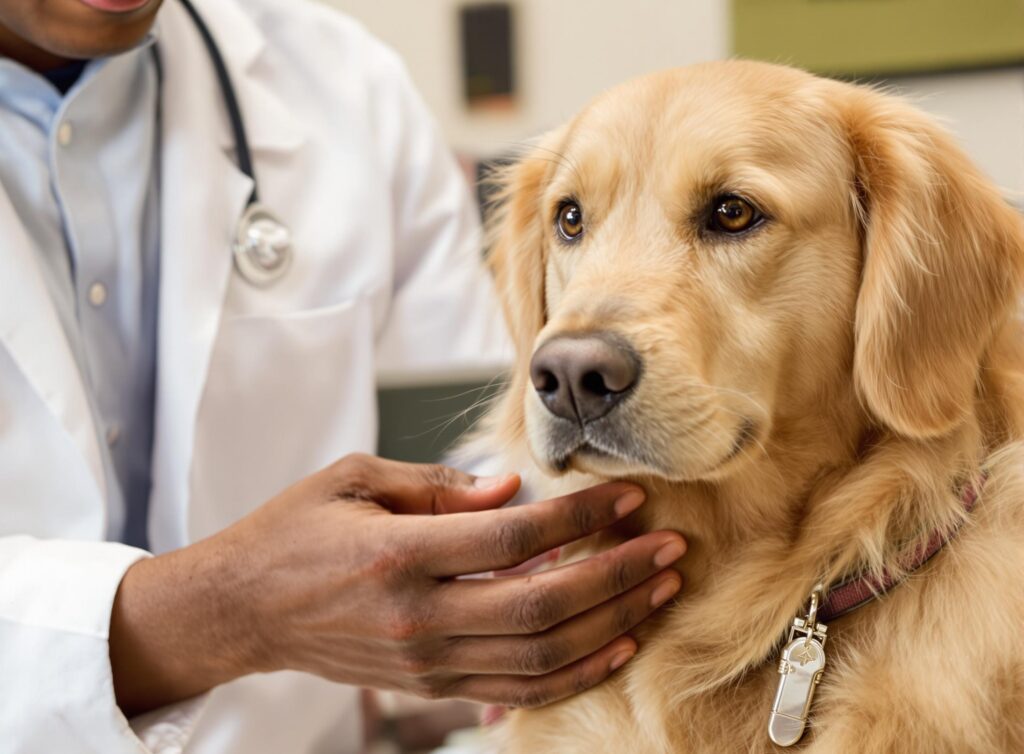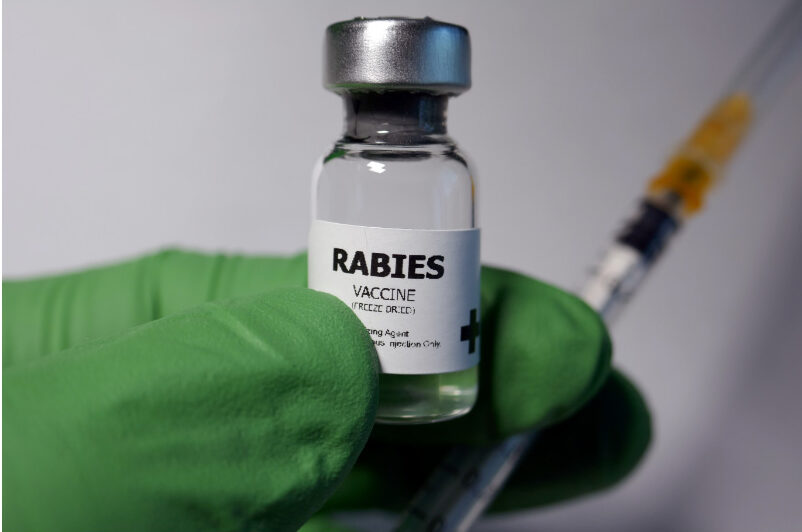How Much Does It Cost to Spay or Neuter a Dog?

Key takeaways:
- The average cost to spay or neuter a dog ranges from $50 to $300, depending on location, dog size, and clinic type.
- Spaying and neutering provide major health benefits, such as lowering the risks of reproductive cancers and improving behavior.
- Always consult your veterinarian to determine the best timing and care plan for your dog’s surgery and recovery.
Welcoming a dog into a home brings love, loyalty, and countless memorable moments. One of the most important decisions pet owners can make is choosing whether—and when—to spay or neuter. This choice directly affects a dog’s health, behavior, and long-term future, and it plays a big role in helping reduce shelter overcrowding.
Spaying or neutering not only prevents unwanted litters but also improves overall behavior and health. These procedures may lead to fewer hormone-related issues and make dogs easier to manage at home. For helpful guidance and reliable information about pet health and care, PetHealthMD is a trusted resource designed to support pet owners at every stage.
What affects the cost of spaying or neutering
Many things influence the cost of these procedures. Size and age are big factors—larger dogs typically need more anesthesia, equipment, and monitoring. Puppies may have shorter procedures and fewer risks, while older dogs often require more testing beforehand.
On average, the cost of spaying or neutering a dog typically ranges from $50 to $300, depending on the pet’s size, age, and location. Costs can be higher if the dog is in heat, pregnant, or has other health issues. Where you live matters, too; clinics in cities may charge more due to overhead costs and staffing, while rural areas often offer lower prices. Nonprofit and community clinics can provide lower fees thanks to donations and grants. Some also use a sliding scale based on income.
Vets often suggest blood work and a checkup before surgery to make sure the dog is healthy enough. Some clinics include things like pain meds or IV fluids in their pricing, while others list them separately. It’s a good idea to talk with the vet to understand what’s included and what to expect.
Comparing the average costs of spaying a dog

Spaying a dog is a responsible and caring choice. Price will depend on the clinic and any extra services that may be included, like vaccinations or microchipping.
City clinics tend to charge more, while rural providers may have lower costs. This is often due to higher operating expenses such as rent, salaries, and overhead. In contrast, clinics in rural areas typically have lower expenses, which allows them to offer the same services at more affordable rates. Most fees cover the basics—surgery, anesthesia, and necessary health checks. Some full-service locations may also offer follow-up visits at no extra cost.
You can often save money through nonprofit groups, mobile clinics, and veterinary schools. These places provide solid care, often under the supervision of licensed vets, and are a good option if you’re watching your budget. Checking with your vet can help you find safe, affordable choices in your area.
The benefits of neutering your dog
Neutering offers several health and behavior benefits, such as:
- Lowering the risk of certain cancers and prostate problems.
- Lessening marking behavior helps dogs stay focused on their families.
- Reducing the chance of wandering, which improves safety and cuts down the risk of injuries.
- Easing stress-related behaviors, especially in homes with multiple pets.
- Reducing shelter overcrowding by preventing unplanned litter.
In addition to these benefits, neutering is often considered a responsible step for anyone who owns a pet. It’s a way of showing commitment to reducing overpopulation and ensuring pets lead safer, healthier lives. While PetHealthMD shares useful information, your vet will offer the best advice based on your dog’s health.
Find low-cost spay and neuter clinics in your area
Affordable care is easier to find than many think. The American Veterinary Medical Association suggests choosing clinics with good hygiene, proper licensing, and professional staff. It’s important to choose care based on safety and quality, not just cost.
Groups like the Animal League of America support hundreds of programs nationwide. These include traveling clinics and facilities that offer vouchers. Many of them keep costs down while offering safe and dependable care. Appointments can fill up fast, so it’s smart to plan ahead.
City shelters, animal rescues, and local nonprofits may also have seasonal specials or discounts. Some programs even help with transportation or pain relief supplies for those who need financial help.
Before the appointment, ask for clear instructions on how to prepare your dog and what to expect during recovery. Most dogs need quiet rest, short walks, and extra care for several days. Tools like the Best Friends Network’s Spay/Neuter Resource Map can help you find trusted providers. Always check in with your vet if your dog has medical needs.
Take smart steps for your dog’s long-term health
Spaying or neutering is one of the smartest and most caring things pet owners can do to protect their dogs’ health. It can help prevent certain medical issues before they start and make life easier in the long run. And thanks to nonprofit clinics and training hospitals, it doesn’t have to break the bank.
For clear, trustworthy advice to help you care for your dog, visit PetHealthMD. The information provided can help pet owners make smart, confident choices that lead to longer, healthier lives for the animals they love.





